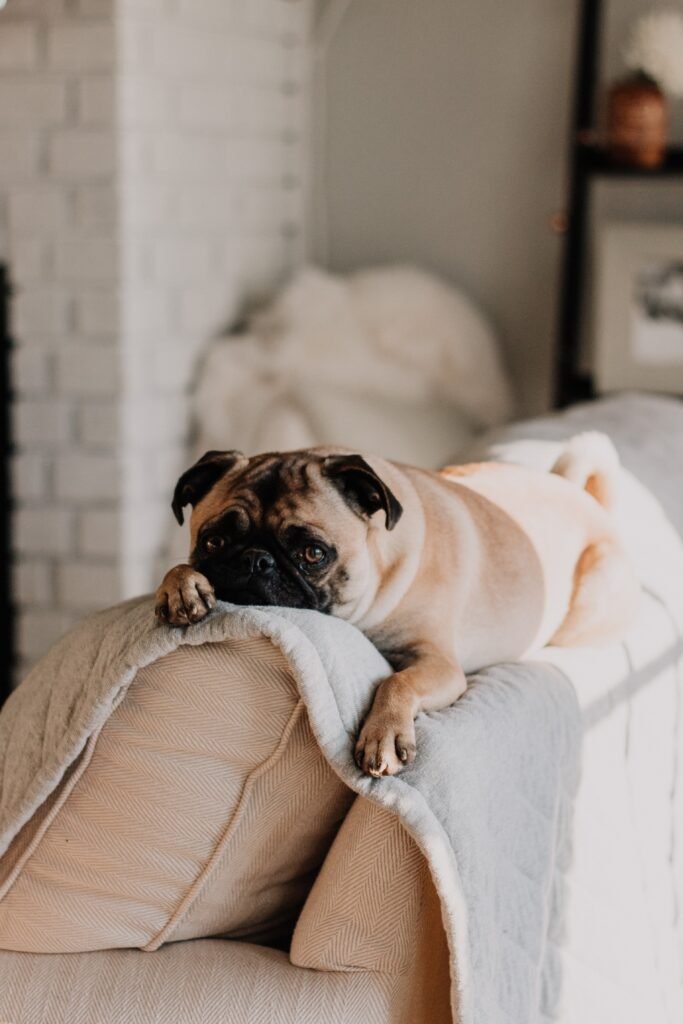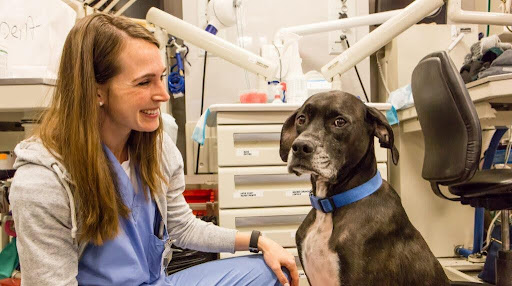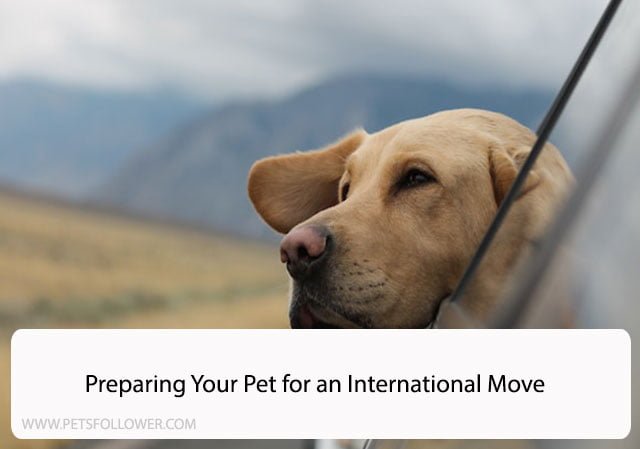Creating a pet-friendly home goes beyond just having a place for your furry companion—it’s about providing them with a safe and welcoming environment where they can thrive. By making a few adjustments and considering your pet’s needs, you can transform your home into a haven for your four-legged friend. In this blog post, we will explore some valuable tips to help you create a pet-friendly home that promotes their well-being and ensures their safety.

Remove Potential Hazards:
The first step in creating a pet-friendly home is identifying and eliminating potential hazards. Pets are curious creatures, and their safety should be a top priority. Take the following precautions:
Secure loose cords and cables: Pets can chew on electrical cords, posing a significant risk of electrocution. Use cord organisers, hide cords behind furniture, or consider cord covers to prevent access.
Store household chemicals safely: Keep cleaning products, detergents, pesticides, and other toxic substances securely locked away or out of reach of your pet. Remember that some plants can be poisonous to pets, so research and remove any toxic flora from your home.
Ensure a pet-proof kitchen: The kitchen can be a danger zone for pets. Secure trash cans with tight-fitting lids, store food items safely and be cautious of hot surfaces and boiling liquids that could potentially harm your pet.
Create Comfortable Retreats:
Pets need their own cozy spaces where they can relax, feel safe, and recharge. Consider the following ideas:
Provide a comfortable bed: Invest in a well-padded pet bed, like the ones available at Pamper Paws, that suits your pet’s size and sleeping preferences. Ensure it is easily washable and placed in a quiet corner where they can retreat when they desire rest.
Set up a designated play area: Dedicate an area where your pet can engage in play and exercise. Include toys, scratching posts (for cats), and ample room for them to move around freely.
Establish a safe zone: If you have a dog, create a designated area where they can retreat when they need a sense of security. This can be a crate or a cozy corner with their favorite blanket or bed.
Choose Pet-Friendly Furniture and Flooring:
Selecting furniture and flooring that can withstand pet wear and tear is essential for maintaining a pet-friendly home. Consider the following tips:
Opt for durable materials: Choose furniture made of pet-friendly materials like leather or microfiber, which are easier to clean and less prone to scratching or staining. Avoid delicate fabrics that can attract pet hair and are difficult to clean.
Consider stain-resistant flooring: Hardwood, laminate, or vinyl flooring with a protective finish are better options for pet owners. They are easier to clean, more resistant to scratches, and less likely to trap pet dander and odors.
Provide Mental Stimulation and Exercise Opportunities:
Keeping your pet mentally stimulated and physically active is crucial for their overall well-being. Here’s how you can achieve that:
Engage in interactive play: Regularly spend quality time playing with your pet using interactive toys. This helps stimulate their natural instincts and provides mental enrichment.
Establish a routine for exercise: Set aside dedicated time for daily walks, runs, or play sessions to keep your pet physically active. Engaging them in activities like fetch or agility training can also provide mental stimulation.
Consider window perches or bird feeders: For cats, providing access to window perches or bird feeders can offer entertainment and mental stimulation as they observe the outside world.
Maintain a Clean and Odor-Free Environment:
A clean and fresh-smelling home is beneficial for both pets and their owners. Follow these tips to maintain a clean and odor-free environment:
Regular grooming: Brushing your pet regularly helps reduce shedding and keeps their coat clean. Additionally, establish a grooming routine that includes bathing, nail trimming, and teeth brushing to maintain their hygiene.
Vacuum and clean regularly: Pet hair, dander, and dirt can accumulate quickly. Vacuum carpets, rugs, and upholstery regularly, and mop hard floors as needed. Use pet-specific stain and odor removers to tackle any accidents promptly.
Wash pet bedding and toys: Keep your pet’s bedding and toys clean by washing them regularly. Follow the manufacturer’s instructions for washing and drying to maintain their quality.
Control pet odors: Use pet-safe air fresheners or odor-neutralizing sprays to keep your home smelling fresh. Regularly empty litter boxes and clean them thoroughly to minimize odors.
By implementing these tips, you can create a pet-friendly home that prioritizes your furry friend’s safety, comfort, and happiness. Remember to remove potential hazards, create designated spaces for rest and play, choose pet-friendly furniture and flooring, provide mental stimulation and exercise opportunities, and maintain a clean environment. A pet-friendly home not only enhances your pet’s well-being but also strengthens the bond between you and your beloved companion. So, go ahead and make your home a haven for your furry family member.











